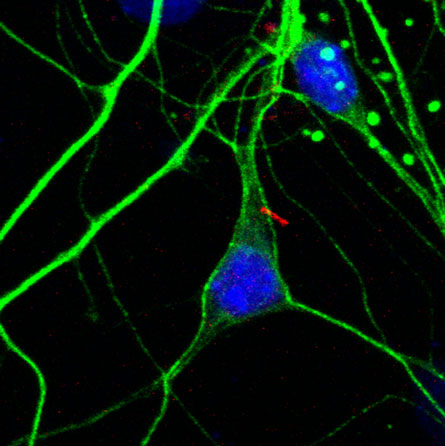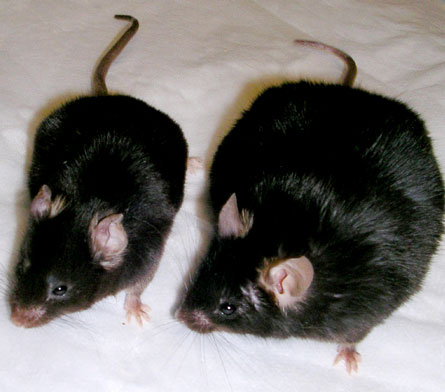- More than 2 years ago
DENVER — The action of tiny hairlike appendages on cells can mean the difference between fat and thin. Now scientists have a better idea of how the little hairs, called primary cilia, control appetite.


Primary cilia — single, hairlike projections that all cells in vertebrates usually have — seem to sequester a protein that senses and responds to an appetite-stimulating hormone, Nicolas Berbari of the University of Alabama at Birmingham reported December 6 at the annual meeting of the American Society for Cell Biology. In people and mice that lack primary cilia, the appetite stimulant works overtime, leading to overeating and obesity, Berbari said.
These findings may lead to new ways to control appetite and prevent or reverse obesity.
And the study may help scientists better understand the process of eating, said Kirk Mykytyn, a cell biologist at Ohio State University in Columbus. “This work is important because it’s more thoroughly clarifying the molecular mechanism involved in obesity associated with the loss of cilia,” he said.
People with Bardet-Biedl syndrome have defects in genes responsible for building primary cilia. A prominent consequence of the disease is obesity. Working with mice that also lack primary cilia due to defects in the same genes, Berbari and his colleagues tried to figure out exactly how the cellular appendages are involved in appetite.
Previous research had suggested that primary cilia work like tiny antennae, helping nerve cells in an eating-control center of the brain to sense an appetite-dampening hormone called leptin. The theory was that taking away the cilia also removed leptin’s ability to put the brakes on eating.
But Berbari and colleagues found that mice lacking cilia still respond to leptin as an appetite suppressant, suggesting that sensing the hormone is not the problem.
“The original work was barking up what was the most obvious tree, but turned out to be the wrong tree,” Berbari said.
Instead, the researchers discovered that a protein called MCHR1, which senses an appetite stimulant called melanin-concentrating hormone, is normally found in primary cilia. Concentrating the sensor protein in the cilia may keep the protein from inappropriately triggering eating.
Berbari has preliminary evidence that his hypothesis may be correct. He fed peanut butter pellets containing a drug that inactivates MCHR1 to mice with intact cilia and to mice that have no cilia. The mice with intact cilia maintained their regular weight despite having unlimited access to food. Mice lacking cilia lost weight when given the drug, suggesting that turning off MCHR1’s ability to stimulate appetite corrects the appetite-control problems caused by missing cilia.
The researchers still don’t know exactly how MCHR1 activity stimulates appetite or how the cilia keep the sensor in check.






